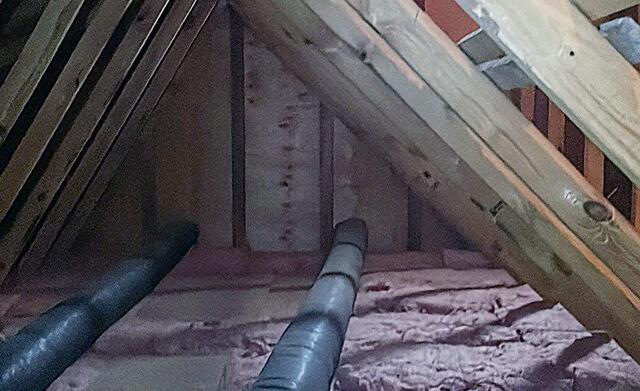
Original Fiberglass Insulation
Fiberglass insulation, while porous, is ineffective at insulating the attic when exposed.
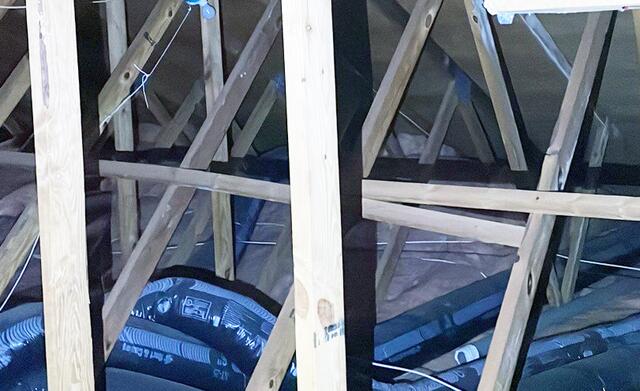
Attic Trusses
Upon closer inspection of the attic, it's evident that the trusses make maneuvering more challenging.
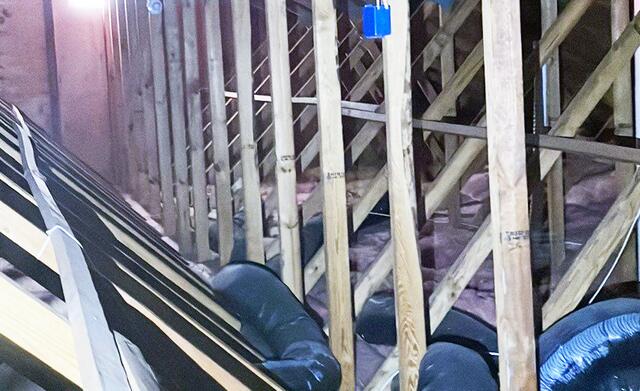
Small Attic With Trusses
Maneuvering through the attic feels a bit like navigating a jungle gym because of all the trusses, but we managed to seal the attic using orange ZypFoam sealant.
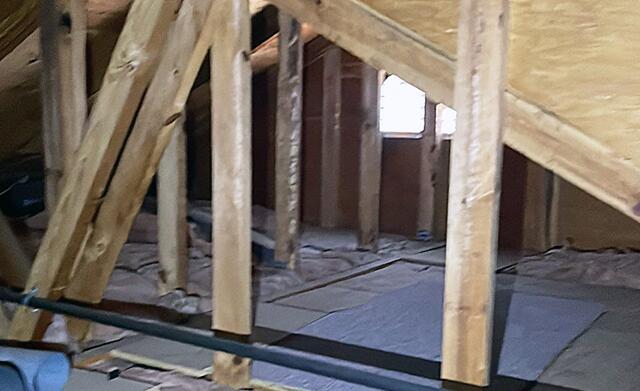
Old Attic Insulation
In this small open space in the attic, there's exposed fiberglass insulation that has compressed, resulting in an inadequate R-Value for effectively insulating the house.

Exposed Fiberglass Insulation & Flexible Trunks
Once more, we're highlighting the exposed fiberglass insulation and the uncovered ducts. The attic floor lacks air sealing, and the connections to the flexible ducts aren't sealed, potentially allowing conditioned air to leak into the attic.

New Attic Insulation
Initially, we sealed the attic using orange ZypFoam sealant and then applied TruSoft cellulose insulation to achieve the appropriate R-Value, effectively burying the flexible ducts.
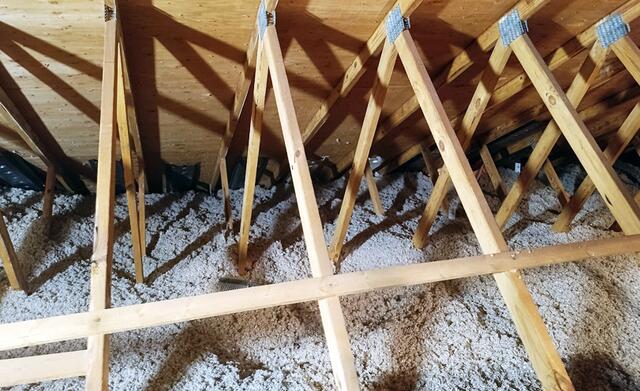
Attic Insulation & Attic Baffle Vents
We fitted TruSoft cellulose insulation and installed attic baffle vents to facilitate natural ventilation and improve the attic's airflow.
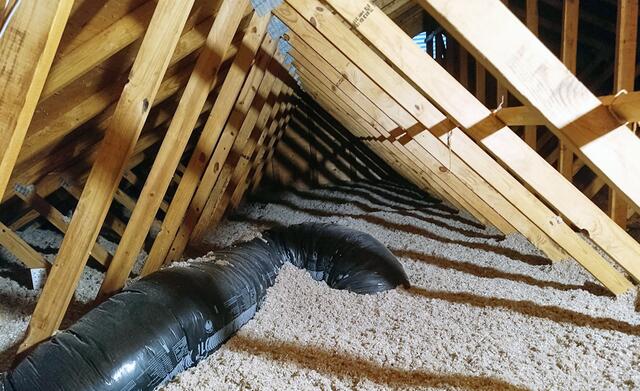
Proper Insulation
The attic has been effectively air sealed and insulated to reach the recommended R-value of R-60.
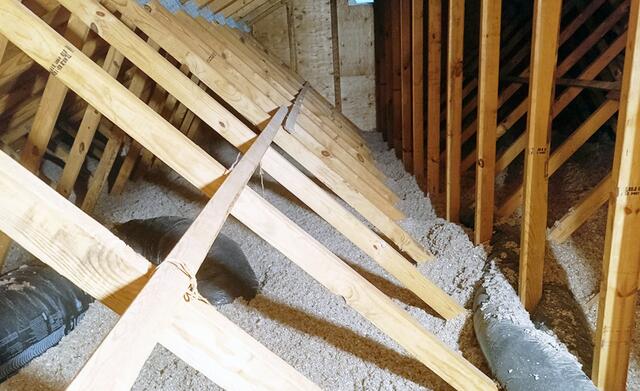
Insulation with Trusses
Even these attic trusses couldn't hinder us from ensuring proper insulation.
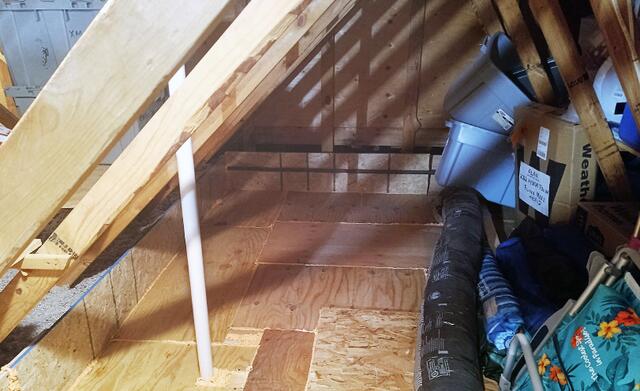
Storage Space
We constructed wooden retaining walls to contain the blown-in TruSoft cellulose insulation and installed wood planking to create usable storage space. After installing the wood, we utilized orange ZypFoam sealant to effectively air seal the attic floor.

